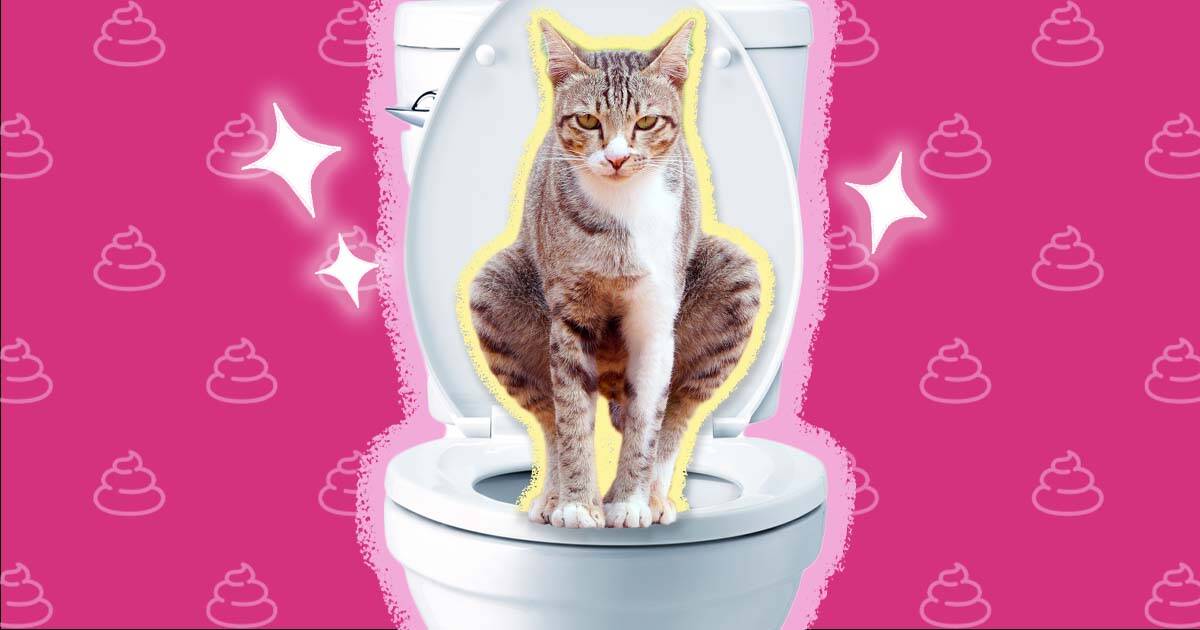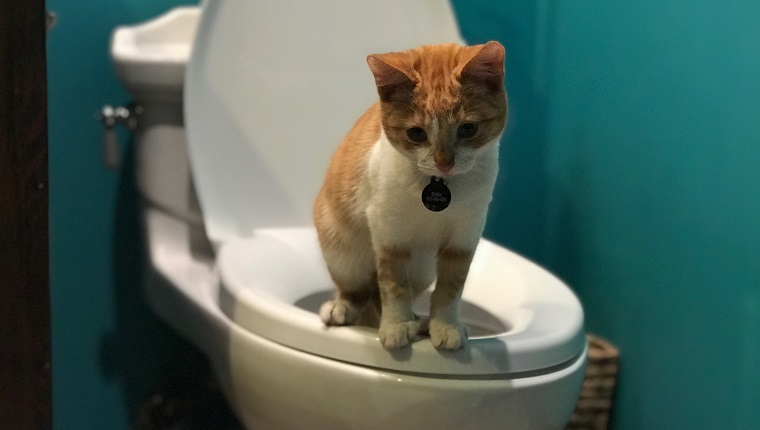Your Hazards of Animal Waste in the Toilet
Your Hazards of Animal Waste in the Toilet
Blog Article
They are making a number of great points regarding Why you should never flush dog poop down the toilet in general in the content on the next paragraphs.

When it comes to disposing of waste, particularly animal waste, many people usually consider the convenient alternative of flushing it down the bathroom. Nevertheless, this relatively simple solution can have serious effects for the atmosphere and public health. In this post, we'll explore why flushing animal waste down the toilet is a negative concept and give alternative techniques for correct disposal.
Intro
Correct waste disposal is important for preserving ecological sustainability and public health. While it may appear safe to flush animal waste down the toilet, it can lead to various problems, both for the atmosphere and human wellness.
Dangers of flushing animal waste
Environmental influence
Purging pet waste presents hazardous germs and microorganisms right into waterways, which can adversely influence marine environments. These pathogens can infect water resources and injury marine life, interfering with delicate ecosystems.
Public health problems
Pet waste contains hazardous germs such as E. coli and Salmonella, which can present serious health dangers to people. Flushing animal waste down the commode can infect water products, causing the spread of conditions and infections.
Alternatives to flushing
Rather than purging animal waste down the commode, there are numerous alternative disposal approaches that are extra environmentally friendly and hygienic.
Composting
Composting pet waste is a green way to deal with it. By composting, organic matter is broken down right into nutrient-rich dirt, which can be used to feed yards and plants.
Land fill disposal
Disposing of animal waste in a landfill is one more option. While not as environmentally friendly as composting, it is a more secure choice to flushing, as it prevents the contamination of water resources.
Animal waste disposal systems
There are specific pet dog garbage disposal systems available that safely and hygienically deal with pet waste. These systems commonly use enzymes to break down waste and get rid of odors.
Steps to proper pet garbage disposal
To make sure appropriate disposal of pet waste, comply with these actions:
Scooping and nabbing waste
Regularly scoop and bag pet waste making use of eco-friendly bags. This protects against waste from infecting the environment.
Making use of marked waste containers
Dispose of bagged animal waste in marked waste bins, such as compost bins or land fill containers. Prevent flushing it down the commode in all expenses.
Cleaning litter boxes and pet locations consistently
Regularly tidy litter boxes and pet areas to prevent the buildup of waste and germs. Use pet-safe cleansing read more products to keep health.
Benefits of proper disposal approaches
Taking on appropriate disposal techniques for pet waste supplies numerous advantages:
Minimized environmental pollution
Correct disposal methods reduce the risk of environmental pollution, safeguarding rivers and environments from contamination
Reduced risk of water contamination.
By staying clear of flushing animal waste down the bathroom, the danger of water contamination is considerably minimized, protecting public health.
Improved sanitation and health
Appropriate disposal techniques promote much better hygiene and health, producing a more secure atmosphere for both human beings and animals.
Verdict
Finally, purging animal waste down the bathroom is hazardous to the atmosphere and public health. By adopting alternate disposal methods and following appropriate waste administration techniques, we can lessen the unfavorable impact of pet waste and add to a cleaner, much healthier earth.
What To Do With Dog Poo – The Do's And Don'ts Of Disposing Of Faeces
Dog poo bins
Some councils provide dedicated dog waste bins in popular dog-walking areas that can take dog poo that has been bagged but you can legally dispose of dog waste in any public litter bin, as long as it is securely bagged. This also applies to your wheelie bin at home.
Do not flush
Water companies do not recommend flushing dog faeces down the toilet because certain parasites can survive the water processing treatment and are potentially harmful to humans. You should also never consider flushing dog poo that has been bagged down the toilet as the bags will not break down and instead create severe blockages in the sewage system.
In the woods
The Forestry Commission promotes a ‘stick and flick’ method for dealing with waste in the woods. This means finding a stick and using it to flick any poo from off the path so that it is out of the way of other walkers. You could also bury it as long as it is not in an area where there might be livestock.
Livestock
Parasites found in dog poo can be transmitted to livestock if they inadvertently eat infected faeces that has been left on grazing land. This could result in the death of sheep or abortion in cattle so you should always make sure you pick up your dog’s waste in fields where livestock could be present.

Regularly tidy litter boxes and pet areas to prevent the buildup of waste and germs. Use pet-safe cleansing read more products to keep health.
Benefits of proper disposal approaches
Taking on appropriate disposal techniques for pet waste supplies numerous advantages:
Minimized environmental pollution
Correct disposal methods reduce the risk of environmental pollution, safeguarding rivers and environments from contamination
Reduced risk of water contamination.
By staying clear of flushing animal waste down the bathroom, the danger of water contamination is considerably minimized, protecting public health.
Improved sanitation and health
Appropriate disposal techniques promote much better hygiene and health, producing a more secure atmosphere for both human beings and animals.
Verdict
Finally, purging animal waste down the bathroom is hazardous to the atmosphere and public health. By adopting alternate disposal methods and following appropriate waste administration techniques, we can lessen the unfavorable impact of pet waste and add to a cleaner, much healthier earth.
What To Do With Dog Poo – The Do's And Don'ts Of Disposing Of Faeces
Dog poo bins
Some councils provide dedicated dog waste bins in popular dog-walking areas that can take dog poo that has been bagged but you can legally dispose of dog waste in any public litter bin, as long as it is securely bagged. This also applies to your wheelie bin at home.
Do not flush
Water companies do not recommend flushing dog faeces down the toilet because certain parasites can survive the water processing treatment and are potentially harmful to humans. You should also never consider flushing dog poo that has been bagged down the toilet as the bags will not break down and instead create severe blockages in the sewage system.
In the woods
The Forestry Commission promotes a ‘stick and flick’ method for dealing with waste in the woods. This means finding a stick and using it to flick any poo from off the path so that it is out of the way of other walkers. You could also bury it as long as it is not in an area where there might be livestock.
Livestock
Parasites found in dog poo can be transmitted to livestock if they inadvertently eat infected faeces that has been left on grazing land. This could result in the death of sheep or abortion in cattle so you should always make sure you pick up your dog’s waste in fields where livestock could be present.

Do you really like reading about Should you flush animal waste down the toilet? Make a remark further down. We'd be pleased to find out your reactions about this blog posting. We hope that you come back again in the future. I beg you pause to distribute this blog if you liked it. We value your readership.
Call Today Report this page